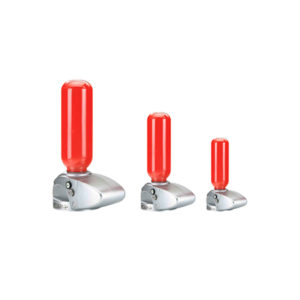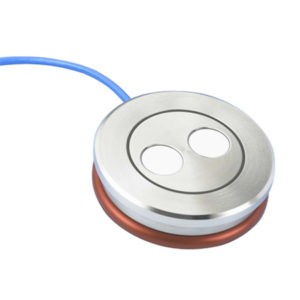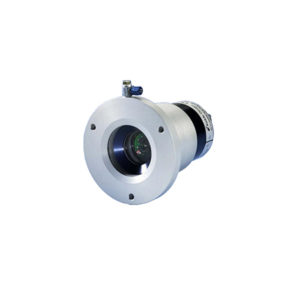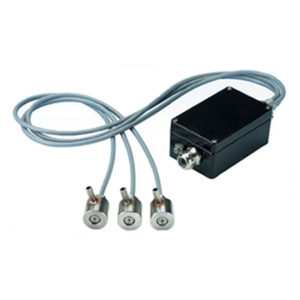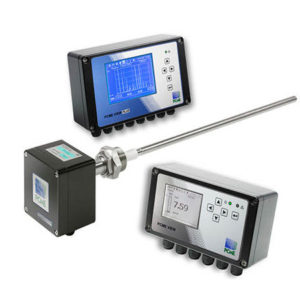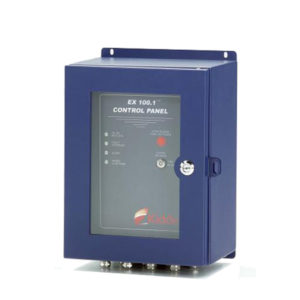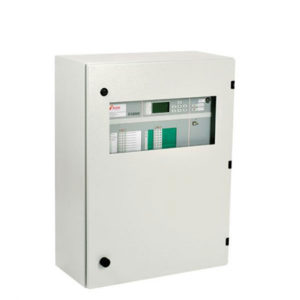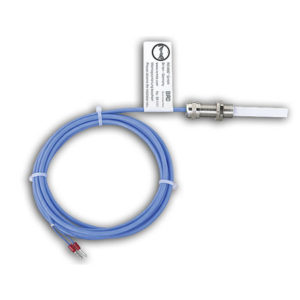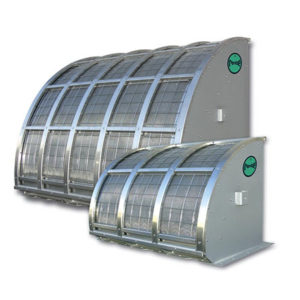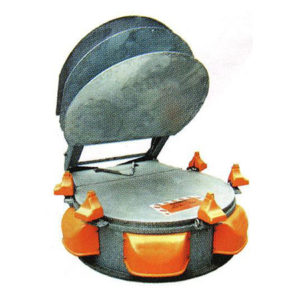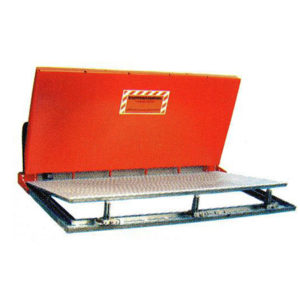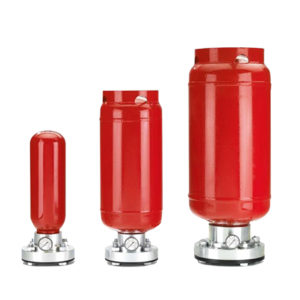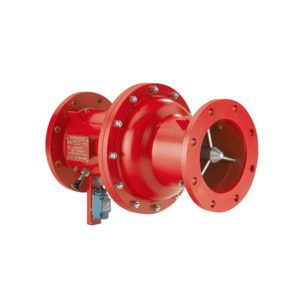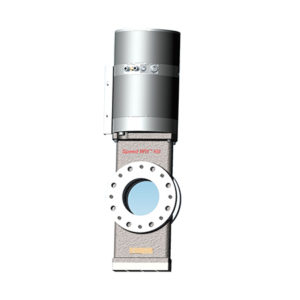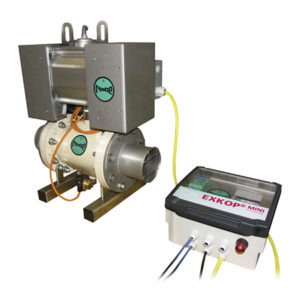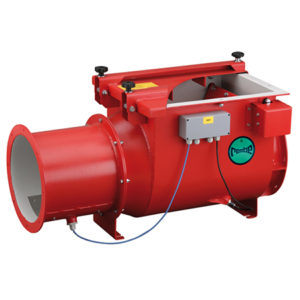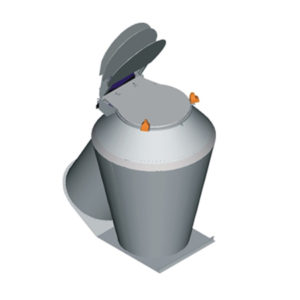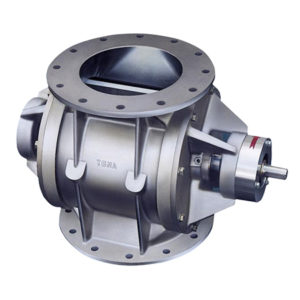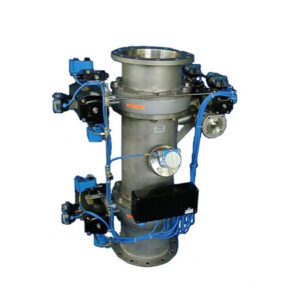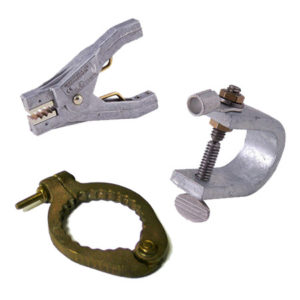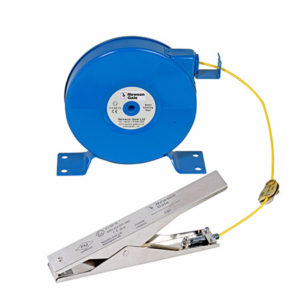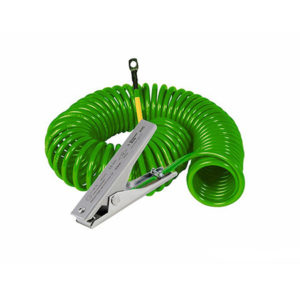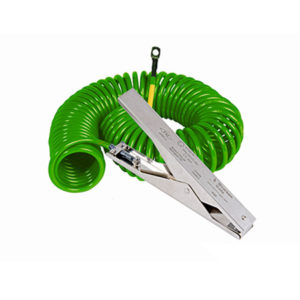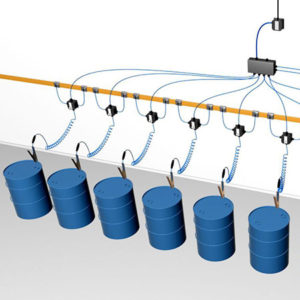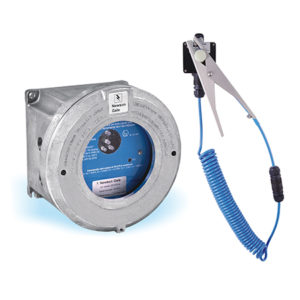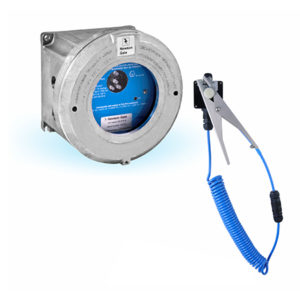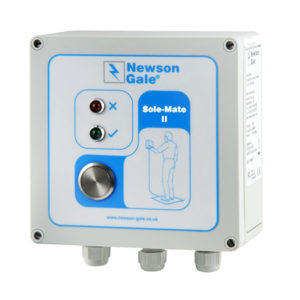Explosion safety
Turnkey Solutions
The Wolff Group, consisting of TESSA, ATEX and LEWTECH, is one of the very few companies in this part of Europe to perform comprehensive ATEX compliance projects for new workplaces, facilities and installations as well as revamping existing ones.
Our services include:
- working out formal and legal issues,
- limiting explosion hazard areas, hazard assessment,
- explosion protection of equipment and vessels.
Explosion Suppression
Explosion suppression systems offered by Tessa protect process equipment against explosion effects. The system is designed to detect an explosion in its earliest stages and provide an immediate response so as to extinguish the explosion source before it becomes catastrophic to the plant and personnel.
The basic type of explosion suppression system consists of a dynamic pressure increase sensor, pressure containers with extinguishing agent and an electronic system control unit. The pressure sensor continuously monitors pressure fluctuations inside the explosion-protected equipment. System activation depends on the rate of pressure rise (ΔP/Δt) inside the process vessel, according to the product’s explosion characteristic – the Kst constant (value characteristic for a given flammable and explosive product). In the event where the measured ΔP/Δt value corresponds precisely to the product’s Kst index, the electronic control system interprets the signal from the pressure sensor as an occurrence of “initial explosion stage” which will trigger an immediate opening of the cylinder with extinguishing powder and its injection into protected equipment. The total response time, from the moment of detecting an “initial explosion stage” until it is extinguished, is of the order of milliseconds (less than 1 second).
The benefits of an explosion suppression system include:
- protection of process equipment and piping in enclosed spaces,
- flamable, toxic or valuable materials are retained within the process equipment (environment protection),
- there is no risk of the product being burnt after an explosion (no fire after explosion),
- the effects of an explosion are reduced to a minimum,
- the system is guaranteed to activate only in the event of an explosion,
- insensitivity to changing processing conditions inside process equipment (pressure fluctuations),
- the solution is suitable for pharmaceutical and food applications.
HRD-E Suppressant Containers
MEX-3.2 Explosion Multisensor
DG-IR-3C Infrared Detector
IR-13 Infrared Detector
Particulate Emission Monitors
EX 100.1 Single-Zone Control Unit
EX 8000 / EX 5000 Multi-Zone Control Unit
Explosion Venting
Explosion relief (a.k.a. explosion venting) is an established method of protecting process equipment by reducing the explosion pressure within the equipment to a safe level (Pred). Explosion vent panels or explosion doors burst open at a set pressure allowing the explosion overpressure, flame and unburnt product to be vented to the atmosphere. On principle, explosion venting cannot be used indoors. To overcome this, flameless venting can be used (Q‑Box, Q‑Rhor), which prevents flame and dust from discharging outside the protected equipment. This solution can therefore be used in enclosed spaces.
SK and BIRD Burst Indicators
Q-ROHR-3 Flameless Venting System
Q-BOX Flame-reduced Venting System
TT-Uni-K Circular Air Cushion Explosion Door
RLE-S Rectangular Air Cushion Explosion Door
Explosion Isolation
Explosion isolation (a.k.a. explosion decoupling) is an indispensable element of any explosion protection system. The purpose of an explosion isolation system is to prevent an explosion pressure wave and a flame or only a flame from propagating via connecting pipes or ducts into other parts of apparatus and plant areas or an unsafe explosion discharge into the workplace.



